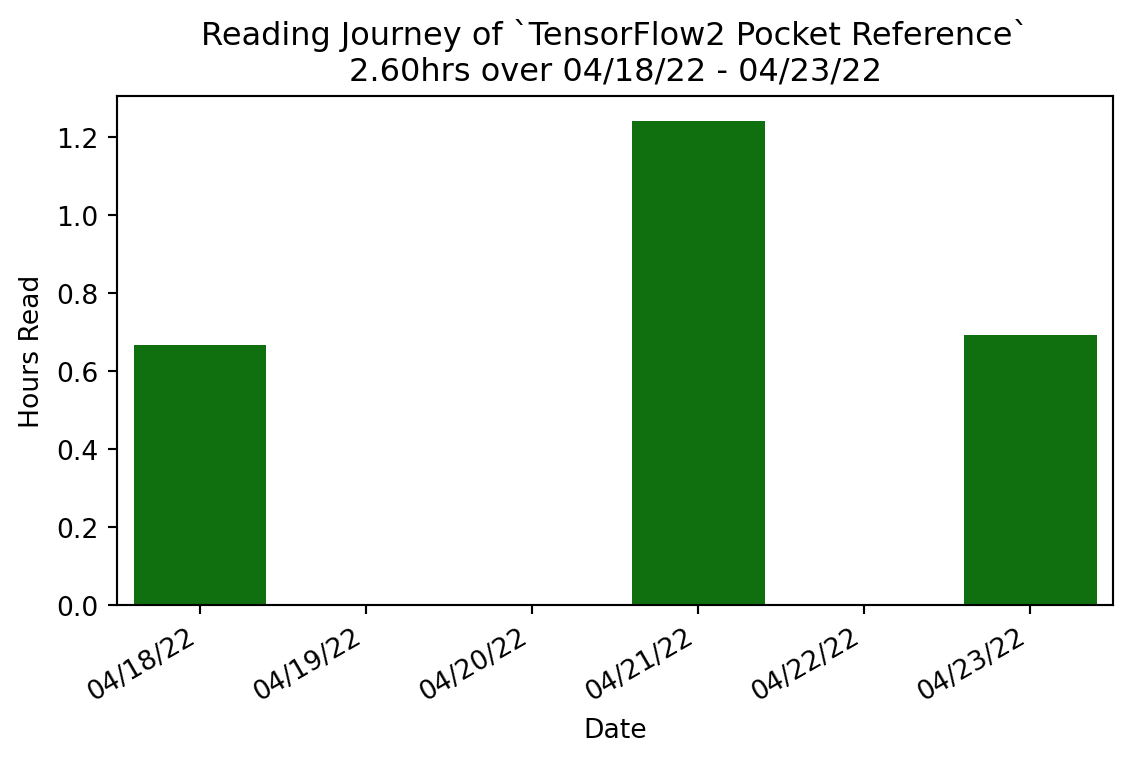Overview
This easy-to-use reference for TensorFlow 2 design patterns in Python will help you make informed decisions for various use cases. Author KC Tung addresses common topics and tasks in enterprise data science and machine learning practices rather than focusing on TensorFlow itself. When and why would you feed training data as using NumPy or a streaming dataset? How would you set up cross-validations in the training process? How do you leverage a pretrained model using transfer learning? How do you perform hyperparameter tuning? Pick up this pocket reference and reduce the time you spend searching through options for your TensorFlow use cases. Understand best practices in TensorFlow model patterns and ML workflows Use code snippets as templates in building TensorFlow models and workflows Save development time by integrating prebuilt models in TensorFlow Hub Make informed design choices about data ingestion, training paradigms, model saving, and inferencing Address common scenarios such as model design style, data ingestion workflow, model training, and tuning

